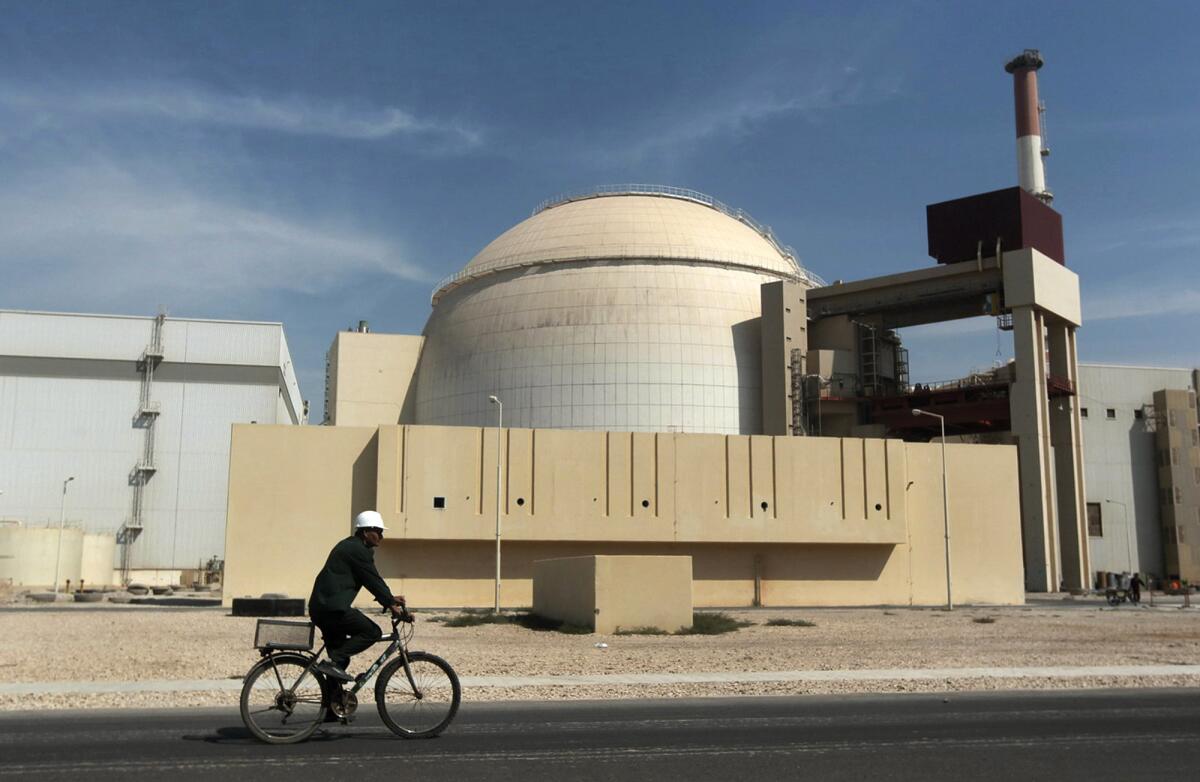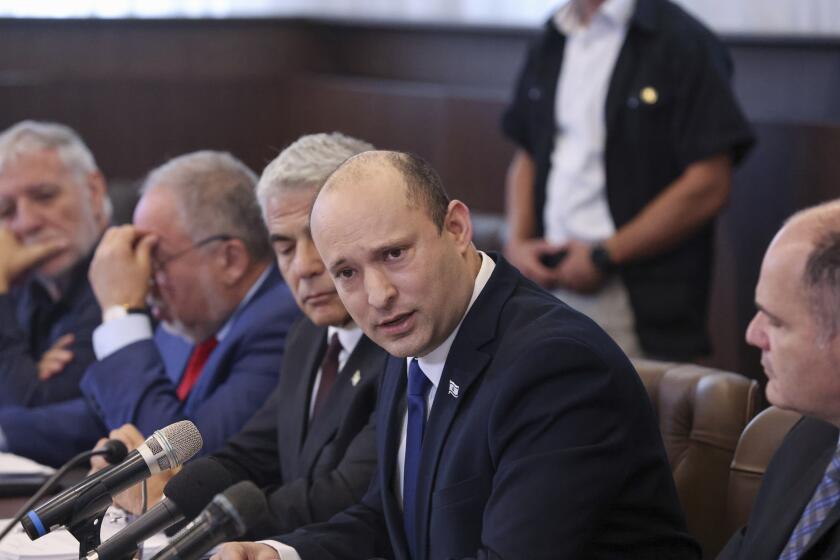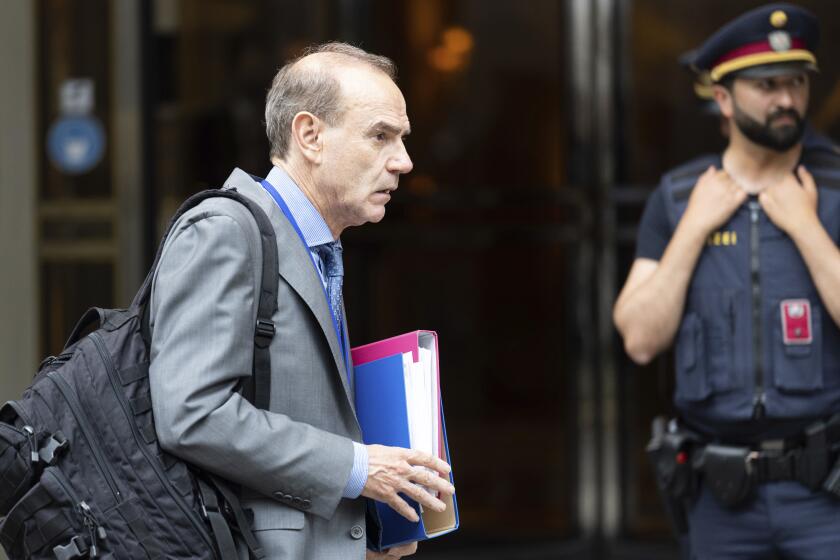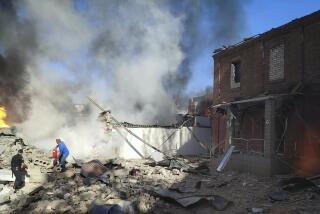Iranian nuclear power plant undergoes emergency shutdown without explanation

- Share via
TEHRAN — Iran’s sole nuclear power plant has undergone an unexplained temporary emergency shutdown, Iranian state television reported.
An official from the state electric company Tavanir, Gholamali Rakhshanimehr, said on a talk show that aired Sunday that the Bushehr plant shutdown began Saturday and would last “three to four days.” Without elaborating, he said that power outages could result.
This is the first time Iran has reported an emergency shutdown of the plant in the southern port city of Bushehr. It went online in 2011 with help from Russia. Iran is required to send spent fuel rods from the reactor back to Russia as a nuclear nonproliferation measure.
The report came as top diplomats said further progress had been made at talks Sunday between Iran and global powers to try to restore a landmark 2015 agreement to contain Iranian nuclear development. The deal was abandoned by the Trump administration. The diplomats said it was now up to the governments involved in the negotiations to make political decisions.
Earlier in the day, Tavanir released a statement saying that the Bushehr nuclear plant was being repaired, without offering further details. It said the repair work would take until Friday.
In March, nuclear official Mahmoud Jafari said the plant could stop working since Iran cannot procure parts and equipment for it from Russia because of banking sanctions imposed by the U.S. in 2018.
Israeli Prime Minister Naftali Bennett opened his first Cabinet meeting with a condemnation of Iran’s new president.
Bushehr is fueled by uranium produced in Russia, not Iran, and is monitored by the United Nations’ International Atomic Energy Agency. The IAEA acknowledged being aware of reports about the plant, but declined to comment.
Construction on the plant, on the coast of the northern reaches of the Persian Gulf, began under Iran’s Shah Mohammad Reza Pahlavi in the mid-1970s. After the 1979 Islamic Revolution, the plant was repeatedly targeted in the Iran-Iraq war. Russia later completed construction of the facility.
The plant, which sits near active fault lines and was built to withstand powerful earthquakes, has been periodically shaken by temblors. There have been no significant quakes reported in the area in recent days.
Meanwhile, the European Union on Sunday chaired the final meeting in Vienna of the sixth round of talks between Russia, China, Germany, France, Britain and Iran.
Delegations from Russia and the U.S. involved in nuclear negotiations with Iran held talks ahead of a summit between President Biden and Vladimir Putin.
The nations involved in the negotiations have been trying to resolve the major outstanding issues for a U.S. return to the landmark nuclear agreement, which then-President Trump pulled out of unilaterally in 2018. Trump also restored and augmented sanctions to try to force Tehran into renegotiating the pact with more concessions.
The meeting was the first since Iran’s hard-line judiciary chief won a landslide victory in the country’s presidential election Friday. Some diplomats expressed concern that the election of incoming President Ebrahim Raisi could complicate a possible restoration of the nuclear agreement.
More to Read
Sign up for Essential California
The most important California stories and recommendations in your inbox every morning.
You may occasionally receive promotional content from the Los Angeles Times.












